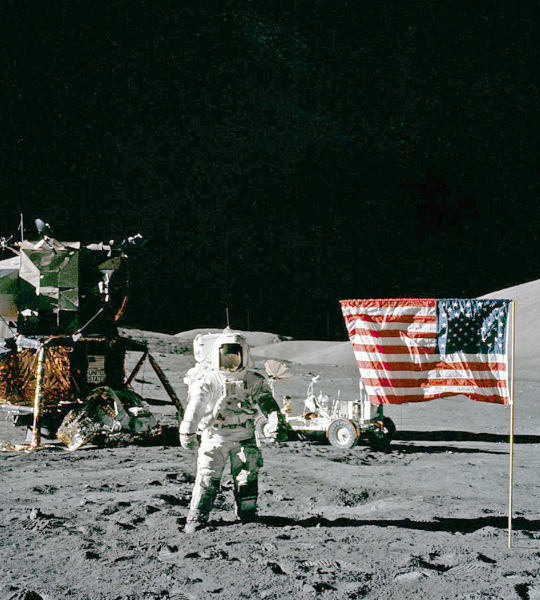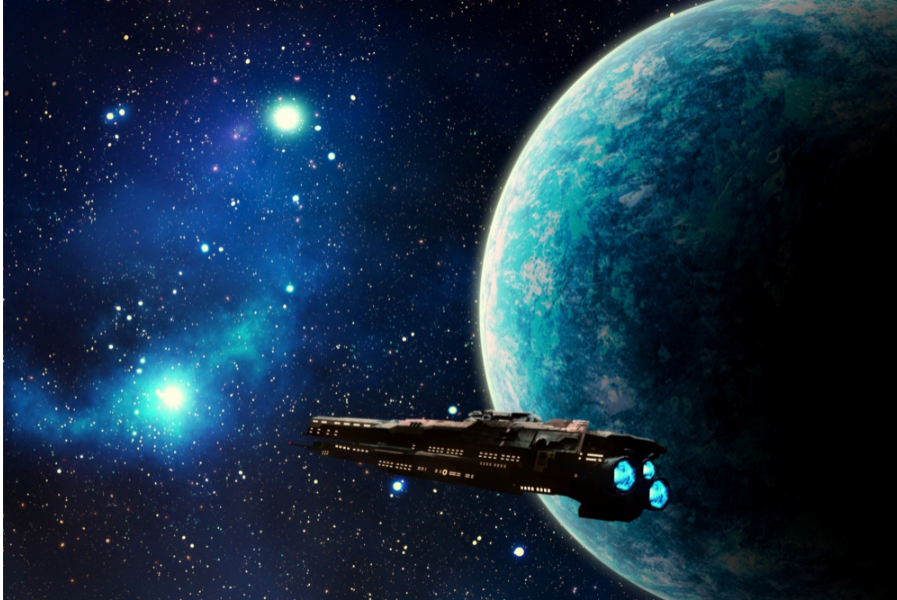Have you ever wondered why astronauts float in space but don’t fly like birds? It might seem like there’s no gravity up there, but that’s not true. Gravity is always present—even in space. So, what’s going on?
In this blog, we’ll explore the strange behavior of space gravity, why astronauts seem weightless, and how orbital motion causes that dreamy floating effect. Whether you're a curious student, a science blogger, or someone thinking of buying an astronomy book, this post breaks down how gravity works in space in a fun, easy-to-understand way.
What Is Space Gravity?

Let’s start by knowing that space gravity is the invisible force that pulls two objects toward each other. On Earth, it keeps your feet on the ground. In space, it keeps the Moon orbiting the Earth and the Earth orbiting the Sun. But gravity doesn’t disappear once we leave Earth; it just changes how it affects us.
In orbit, space gravity is still present, but astronauts experience it differently. They're falling toward Earth—but so is their spaceship. Because both are falling at the same rate, it creates what’s called microgravity or space gravity.
Why Astronauts Float in Space (Without Wings)

You’ve seen astronauts floating around in the International Space Station (ISS). They are not flying, and they are certainly not flapping wings. So, what is happening? The answer lies in free fall in space. Here is a simplified breakdown:
- The ISS orbits Earth at about 28,000 km/h.
- At that speed, it is constantly falling toward Earth.
- But because Earth is curved, the ISS keeps missing it, so it stays in orbit.
- Astronauts inside the ISS are falling at the same rate as the station.
- Since there is no resistance or ground to stop them, they float.
This is why astronauts do not fall to Earth or fly—they are in continuous free fall.
How Microgravity Affects Astronauts
Microgravity has a significant impact on the human body. NASA and other space agencies like ESA and SpaceX conduct regular gravity research to study its effects.

Some changes astronauts experience:
- Muscle and bone loss (they do not need to support body weight)
- Fluid shift (puffy faces and thinner legs)
- Inner ear confusion (causing dizziness or nausea)
These changes are part of why space missions include daily exercise and regular medical checks.
Free Fall Isn’t the Same as Zero Gravity
People often use the term “zero gravity” or “zero-g,” but that’s a bit misleading. Technically, zero gravity doesn't exist near Earth. Even 400 kilometers above the surface, gravity is still about 90% as strong as on the ground. The key difference is that objects are in orbital motion, creating the illusion of weightlessness.
So, instead of no space gravity, astronauts experience microgravity, meaning a tiny amount of gravitational force still acts on them.
Everyday Examples of Space Gravity
Understanding space gravity becomes easier with examples:
- Satellite orbits: Just like the ISS, satellites stay in orbit by balancing gravity and forward motion.
- Moon’s orbit: The Moon is held in orbit by Earth’s gravity and doesn't float off into space.
- SpaceX launches: Spacecrafts must fight gravity to enter orbit, then settle into free fall around Earth.
This same principle also applies to Blue Origin's suborbital flights that allow a few minutes of microgravity for tourists.
NASA, ESA, and SpaceX: Studying Gravity in Orbit
Leading agencies like NASA, ESA, and SpaceX perform ongoing space experiments aboard the ISS. These include:
- Plant growth in microgravity.
- Combustion and fluid behavior without gravity
- Human health studies
These experiments help scientists understand how gravity works in space and prepare for future missions to the Moon, Mars, and beyond. If you're interested in exploring this further, you can even sign up for a space science course or get involved in educational space kits available for students.
Why Don’t Astronauts Fly Off into Space?
Another common question is: Why don’t astronauts just float away into space? Here's why:
- The spacecraft has gravity pulling it toward Earth.
- Astronauts are inside and moving at the same speed.
- Unless they push off the spacecraft at escape velocity (over 40,000 km/h), they remain in orbit with it.
It’s not about flying—it’s about falling with the spaceship.
Learn Space Gravity by Region
If you're in a specific region, there are great opportunities to learn about space gravity:
- Learn gravity science in the UK: Visit the Royal Observatory or science museums offering planetarium sessions.
- Explore US space programs: NASA visitor centers in Houston and Florida offer hands-on learning.
- Student science fairs in Pakistan or India: These are wonderful places to showcase your knowledge of microgravity experiments.
Why Space Gravity Will Always Be Fascinating
The concept of gravity in space is truly timeless. If humanity continues to explore the cosmos, questions like “why do astronauts float?” and “what is microgravity?” will keep sparking curiosity and discussion.
Whether you're diving into an astronomy book, working on a school science project, or writing a blog post about space science, space gravity remains one of those evergreen topics that stays relevant and engaging year after year.
Conclusion:
So, the next time you see astronauts floating in space, remember—they’re not flying and they’re not in zero gravity. They’re in a constant state of free fall, pulled by Earth's gravity just like everything else.
Understanding the science of space gravity makes the universe feel a little less mysterious and a lot more exciting. Whether you're curious about astronaut life, orbital motion, or just how gravity in orbit works, this topic is a launchpad into the world of space science. Want to keep learning? Check out resources from NASA gravity research, join a virtual class, or try a microgravity experiment at home. Space may be vast, but gravity is what holds it—and us—together.








